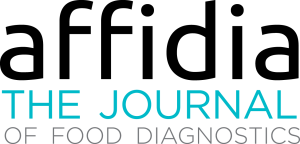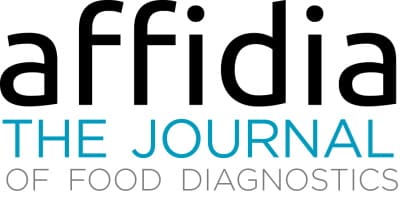Foreword Special Issue
This Special Issue gathers some of the mycotoxin papers we have published since 2020. I would like to highlight some milestones in the evolution of this food safety issue. The decision of the European Union to establish Maximum Limits is probably the most significant change in the history of mycotoxin regulation and risk management in the EU. The introduction of the EU Limit for aflatoxin in food in 1998 and then for ochratoxin, deoxynivalenol, and other mycotoxins in 2006 was a turning point that harmonized the EU limits and reduced exposure to these toxins, even if it made life more difficult for farmers, traders, and processors. Instituting these limits has also complicated the trade in several foodstuffs on a global scale. Since then, the risk of rejection when exporting to the EU has become much higher for several countries. Nut exports to the EU are a well-known example, but even cereals have become an issue because of the EU aflatoxin B1 limit of 5 ppb in maize, where the Codex has no limit at all and the limit is 20 ppb in both the US and China.
In the years following the new EU limits, several non-EU countries adopted the EU policy while others did not. For some food contaminants (e.g. aflatoxin M1), the differences are quite large, and the world appears to be divided into 3 regulatory regimes: countries where those contaminants are still not regulated, EU countries that have instituted MLs for the most significant mycotoxins in most food commodities, and countries that follow the US with no limits for some toxins and RLs that are much higher than EU limits for others (see the figure on page 48). Meanwhile, the introduction of more sensitive analytical methods and the impact of climate change have been significant developments. More sensitive analytical methods have made possible the discovery of many more mycotoxin contaminations as well as the ability to detect toxins or toxin metabolites in human biological fluids (biomonitoring). The effects of climate change on the quality and quantity of fungal populations and their metabolites are very complex and still under investigation, but it is clear that in some areas aflatoxin crop contamination is both more frequent and more severe. Please see the paper we present in this collection about aflatoxin M1 in Europe to read more about this.
Is the EU regulatory framework the best approach? You can read about contradictions in EU regulations in an article on page 4. There are cases when EU regulations appear to have holes (ochratoxin in some foods and aflatoxin metabolites in others) that allow apparent overexposure for EU citizens. But there are two questions: a) Are we sure that the EFSA exposure data is adequate? and b) Why is there no need according to US toxicologists to set maximum limits for ochratoxin and aflatoxins (particularly M1) – are they not as hazardous as EFSA experts have claimed? In my opinion, it is possible to solve the first problem. I personally think that the EU approach is correct for calculating risk, especially considering that we are currently exposed to an incredible number of xenobiotics. Please enjoy these collected articles!
Download content now


















